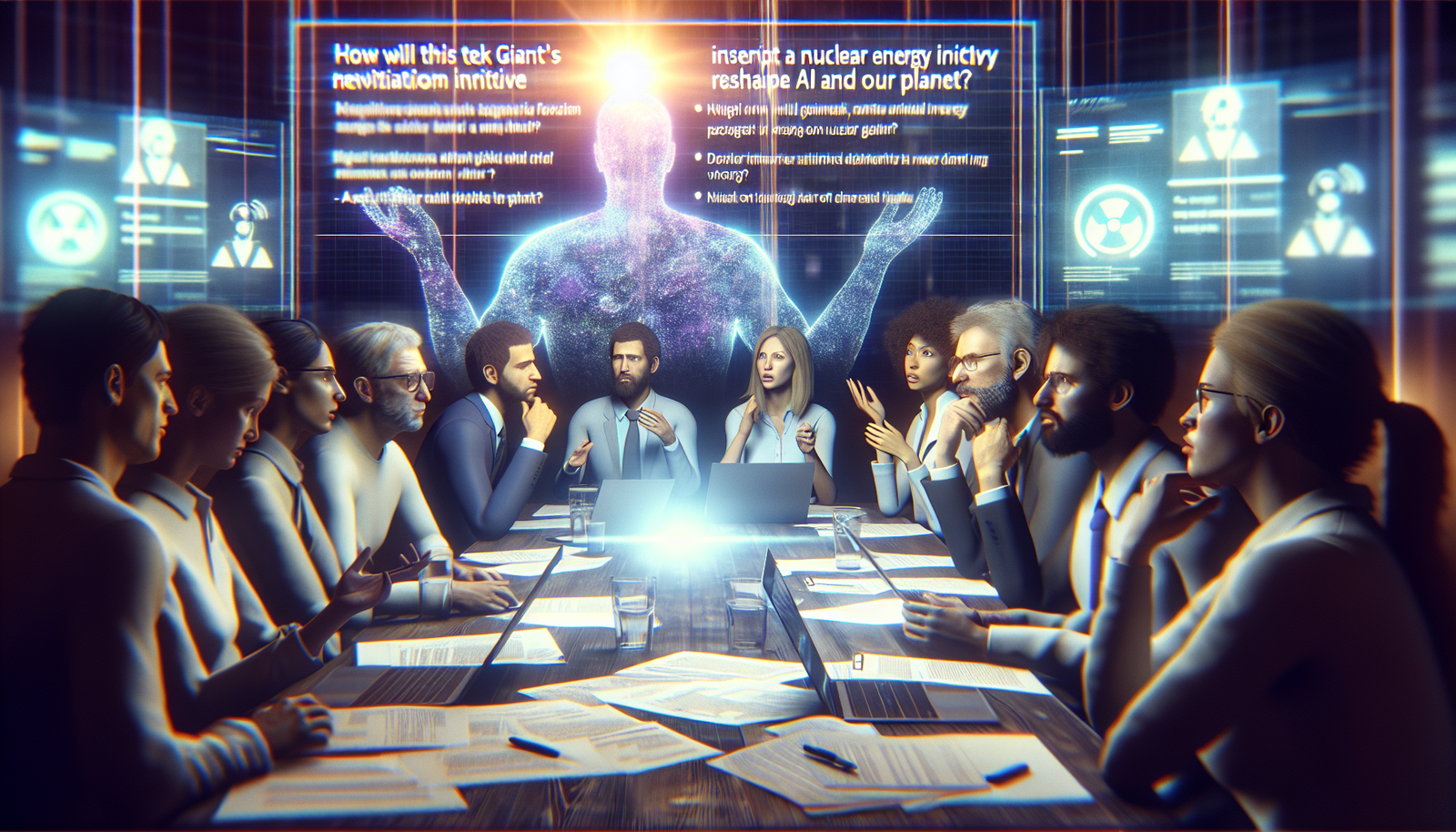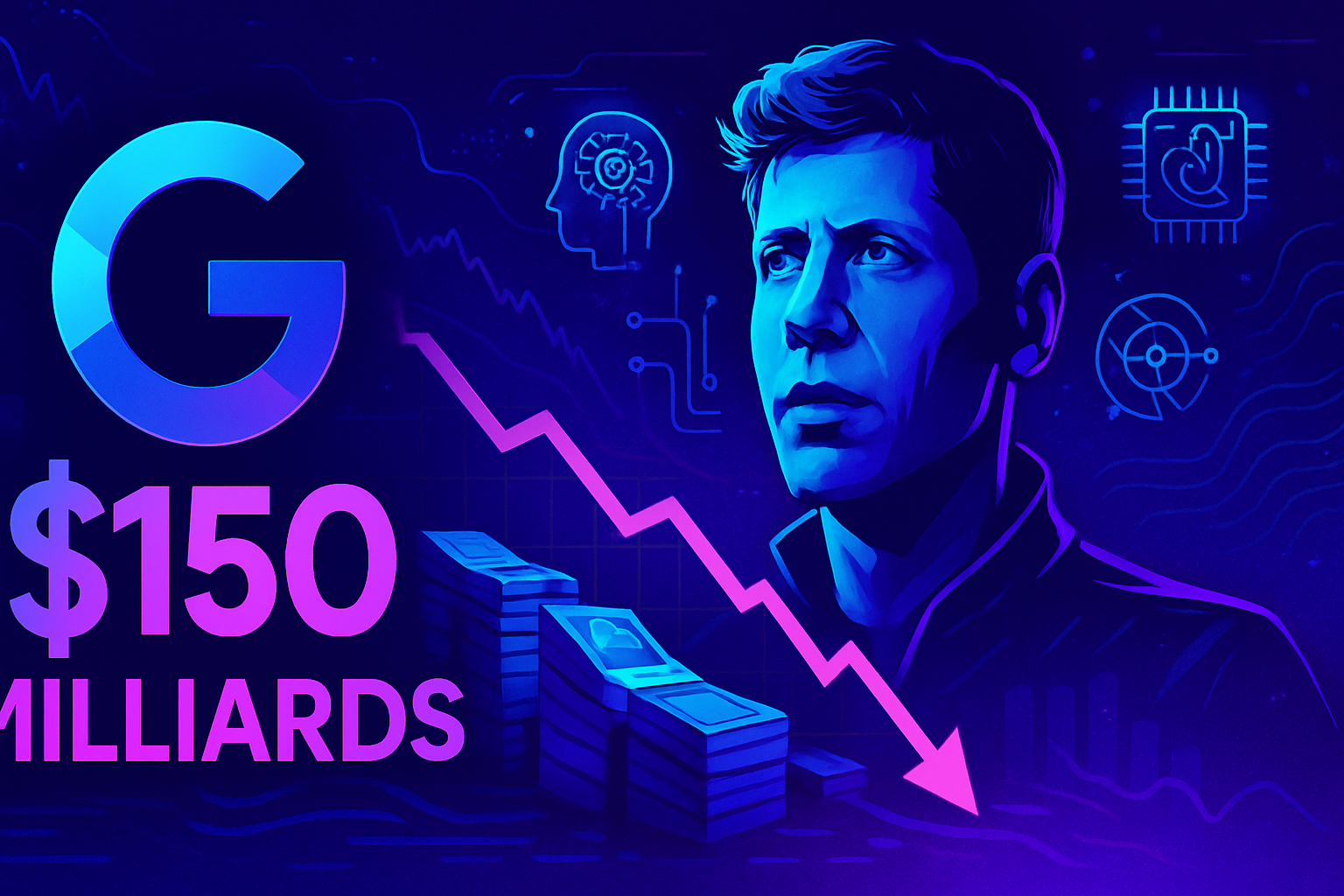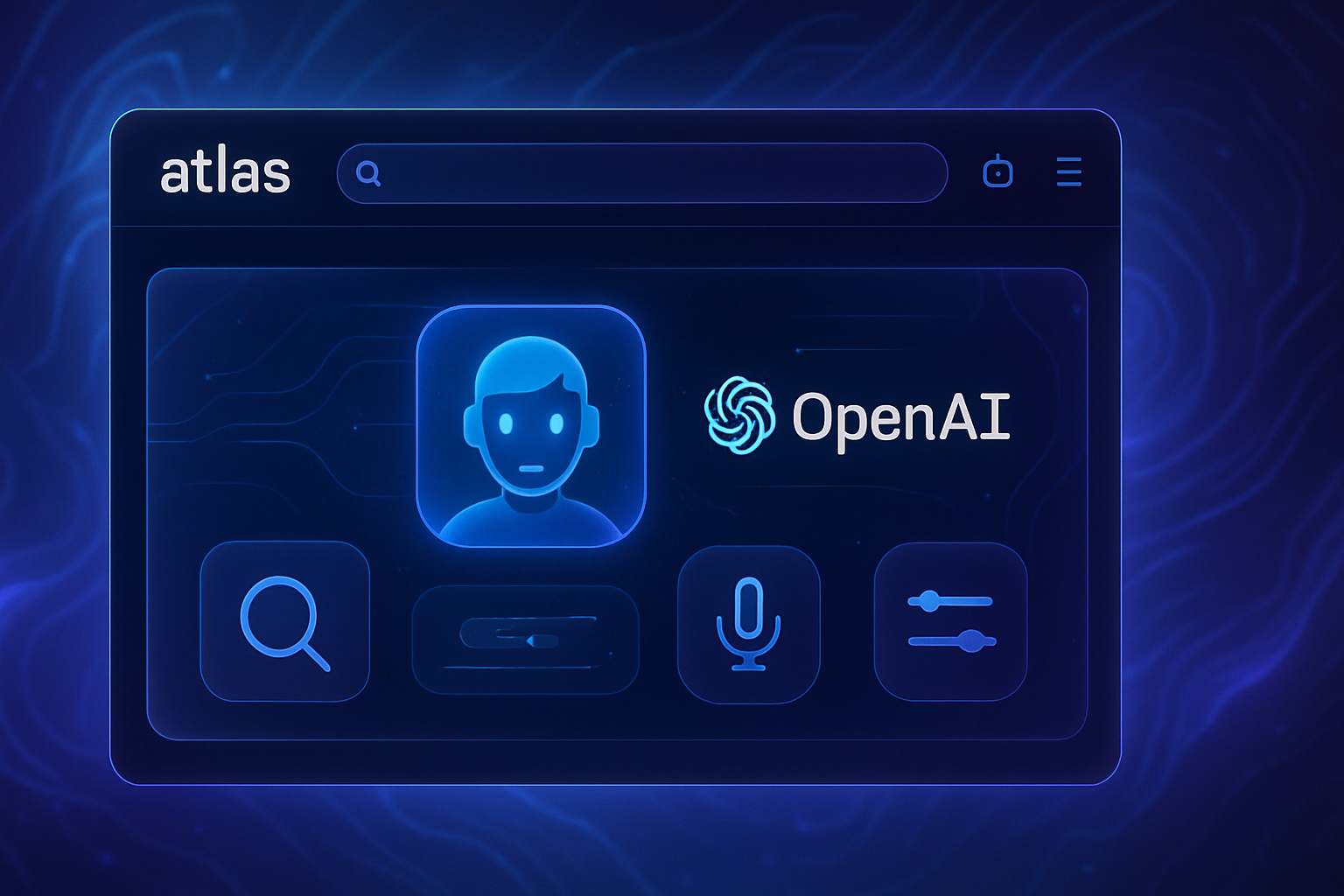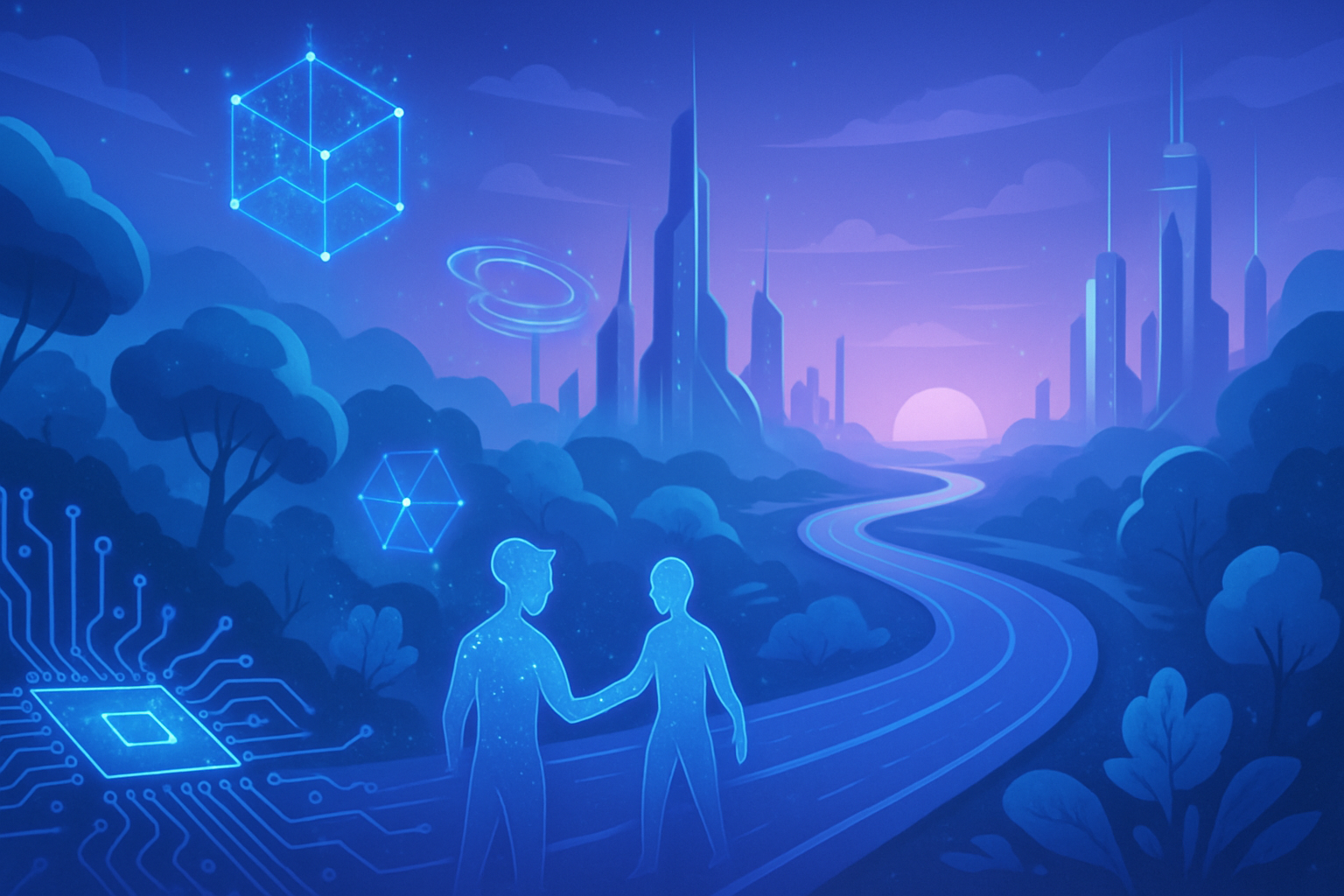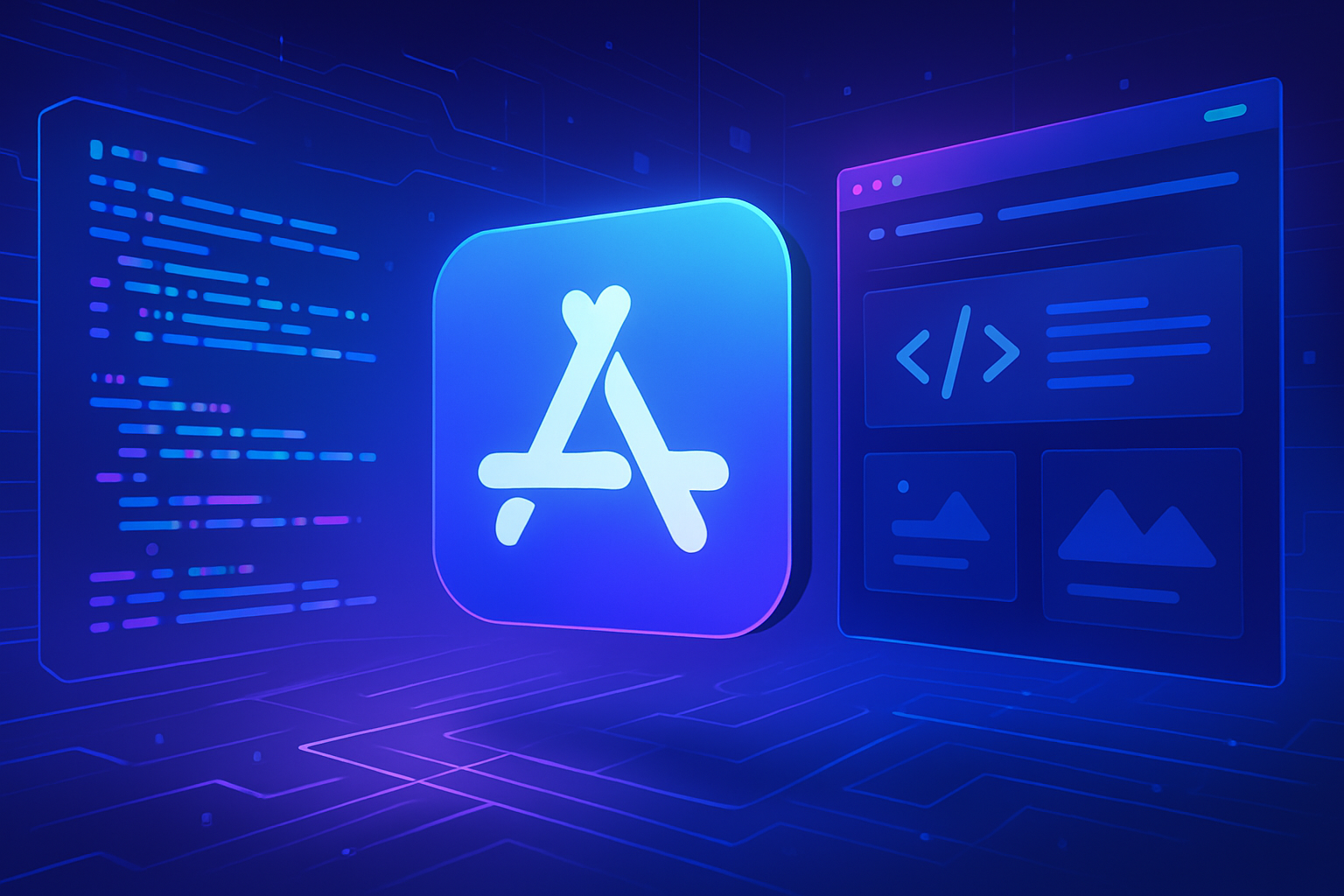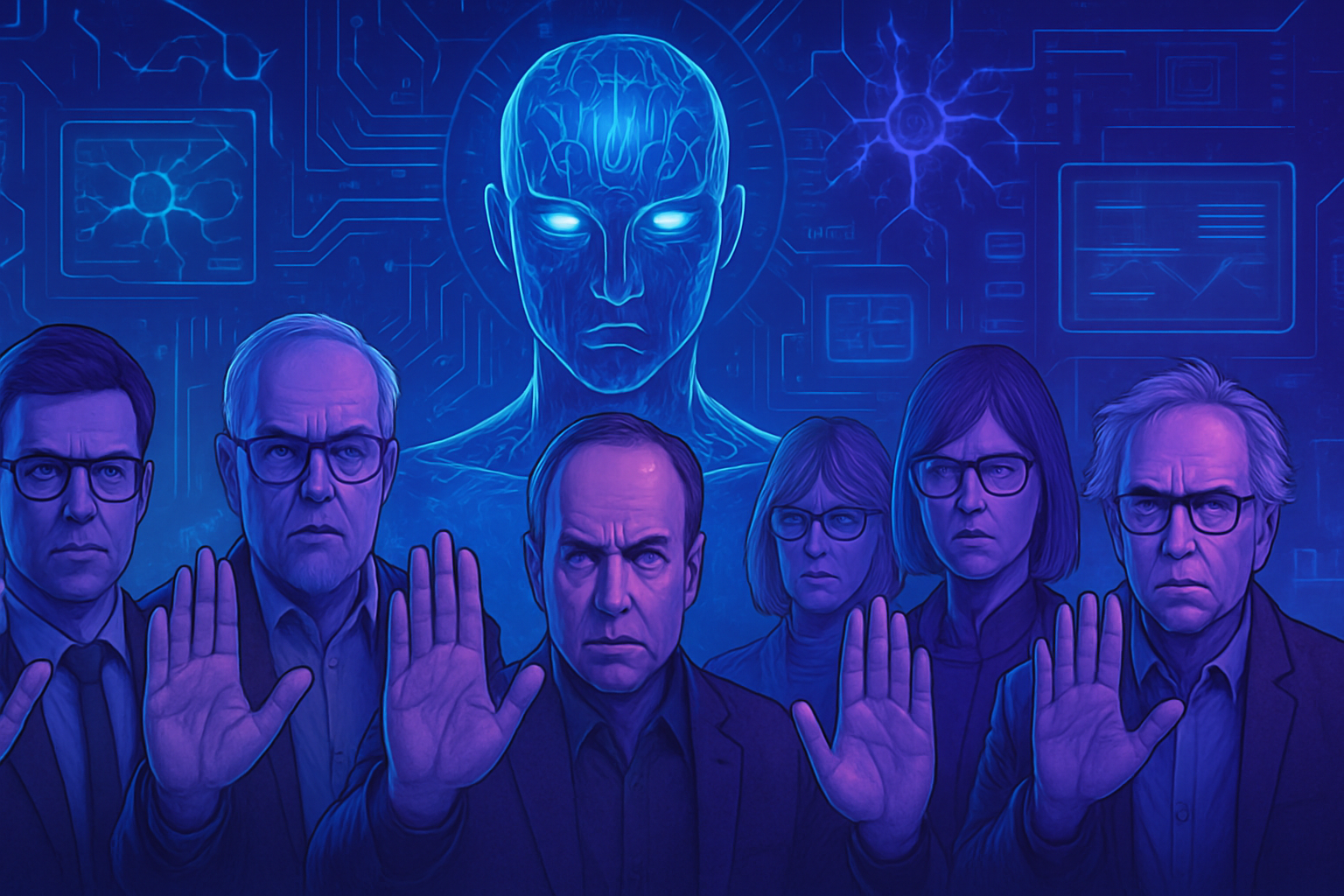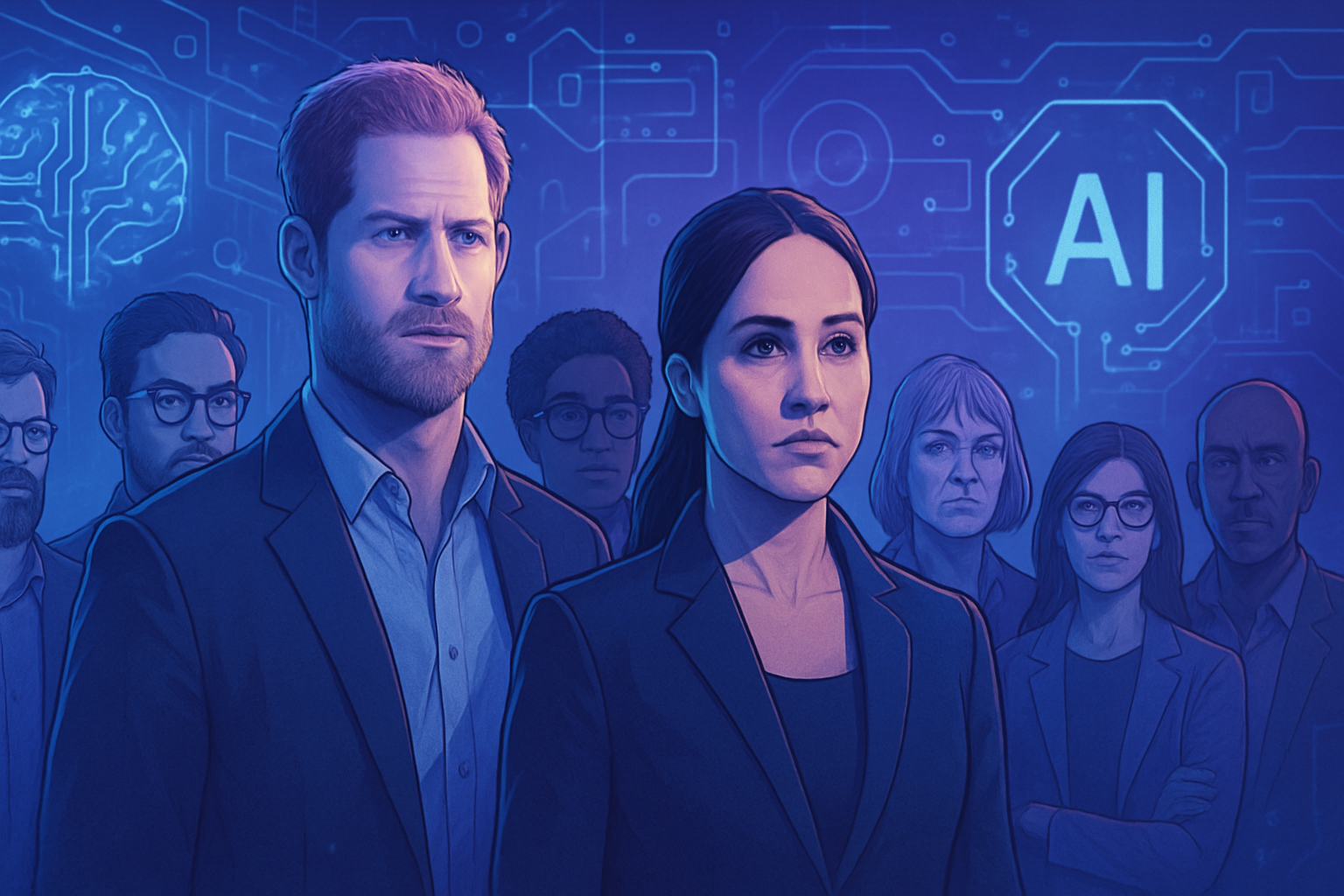The energy revolution is on the horizon, punctuated by Google’s bold initiative in the nuclear sector. The surge of artificial intelligence (AI) is accompanied by an exponential demand for electricity, making *it imperative* to turn to sustainable energy sources. The announcement of the acquisition of electricity produced by mini nuclear reactors raises crucial questions about their environmental and societal impact. This strategy will transform the way Google powers its data centers, while attempting to reconcile *technological growth* and the preservation of our ecosystem. What will be the real implications of this alliance between nuclear energy and artificial intelligence on our planet?
Google’s Initiative in the Nuclear Sector
The decision by the tech giant Google to invest in the nuclear sector reflects a bold strategy to meet its growing energy needs. Between 2010 and 2023, the company signed over 115 energy agreements, representing a production capacity of over 14 GW.
The latest involves a purchase of energy from several small modular reactors, these mini-reactors Nuclear. This choice aims to power the data centers essential for the operation of its artificial intelligence systems.
The Energy Challenges of Artificial Intelligence
The exponential development of artificial intelligence drives considerable energy demand. The emergence of cloud computing has multiplied technology sector companies’ electricity needs. Google anticipates electricity consumption of 1000 TWh by 2026, with a concerning 70% coming from fossil sources.
To meet this increase, the projected production of 500 megawatts by Kairos for Google could suffice to power a medium-sized city. This initiative underscores the need for large companies to turn to more sustainable energy sources.
Environmental Impact of Nuclear Energy
The reliance on nuclear energy raises ecological questions. While this energy source allows for a reduction in carbon emissions, the risks associated with nuclear waste and incidents remain concerning. Google, aware of the carbon footprint generated by its operations, sets the goal of operating at full capacity with renewable energy.
By collaborating with small modular reactors, Google seeks to minimize ecological footprints while solidifying efforts towards a cleaner energy future. The mini-reactors, more flexible and safer, offer a potential solution to combat the negative impacts of climate change.
Reactions and Future Perspectives
This direction from Google has sparked debates. Some experts praise this initiative as a step towards responsible technology, while others highlight potential risks. The question of long-term sustainability and the ethical ramifications of artificial intelligence remain at the center of discussions.
The scientific community is also questioning the long-term impact of nuclear energy on research in artificial intelligence. The development of innovative tools promises to accelerate technological advancements, contributing to a future where AI improves systems and methods of sustainable energy production.
No-Conclusion Conclusion
Google’s initiatives in this field not only affect the tech industry but also our environment. The intersection of nuclear energy and artificial intelligence represents a colossal challenge, reflecting an increasing awareness of the ecological responsibilities of technology giants.
Frequently Asked Questions about Google’s Initiative in the Nuclear Sector and its Impact on AI and the Environment
What is the purpose of Google’s nuclear initiative?
Google launched this initiative to secure a reliable and sustainable energy supply to meet the growing electricity needs of its data centers, particularly to power its artificial intelligence technologies.
How does nuclear energy help reduce the carbon footprint of Google’s data centers?
By sourcing nuclear energy, which produces no CO2 emissions during its generation, Google aims to decrease the use of fossil fuels, thereby reducing the carbon footprint associated with its operations.
What types of nuclear reactors is Google considering using?
Google is opting for small modular reactors (SMR) that allow for rapid deployment and efficient cost management while providing sufficient power to meet its operational needs.
What are the ecological implications of Google’s exploration of nuclear energy?
Although nuclear energy is a low-emission energy source, it raises questions related to the management of radioactive waste and facility safety, necessitating a thorough evaluation of the overall environmental impacts.
How does Google ensure that its use of nuclear energy complies with safety standards?
Google collaborates with governmental agencies and energy experts to ensure that all necessary safety measures are in place to minimize risks associated with nuclear energy.
How much nuclear energy does Google plan to purchase for its data centers?
Google plans to acquire about 500 megawatts of nuclear energy, an amount that would be sufficient to power a medium-sized city or several data center campuses.
How is Google’s nuclear initiative linked to its artificial intelligence projects?
The data centers that power AI algorithms require a massive amount of energy. By securing a stable source of nuclear energy, Google can ensure that its AI projects run without interruption while reducing ecological impact.
What challenges does Google face in integrating nuclear energy into its operations?
Challenges include public perception of nuclear energy, the complex regulatory framework, and concerns about safety and waste management, all of which must be addressed to implement this energy transition.
